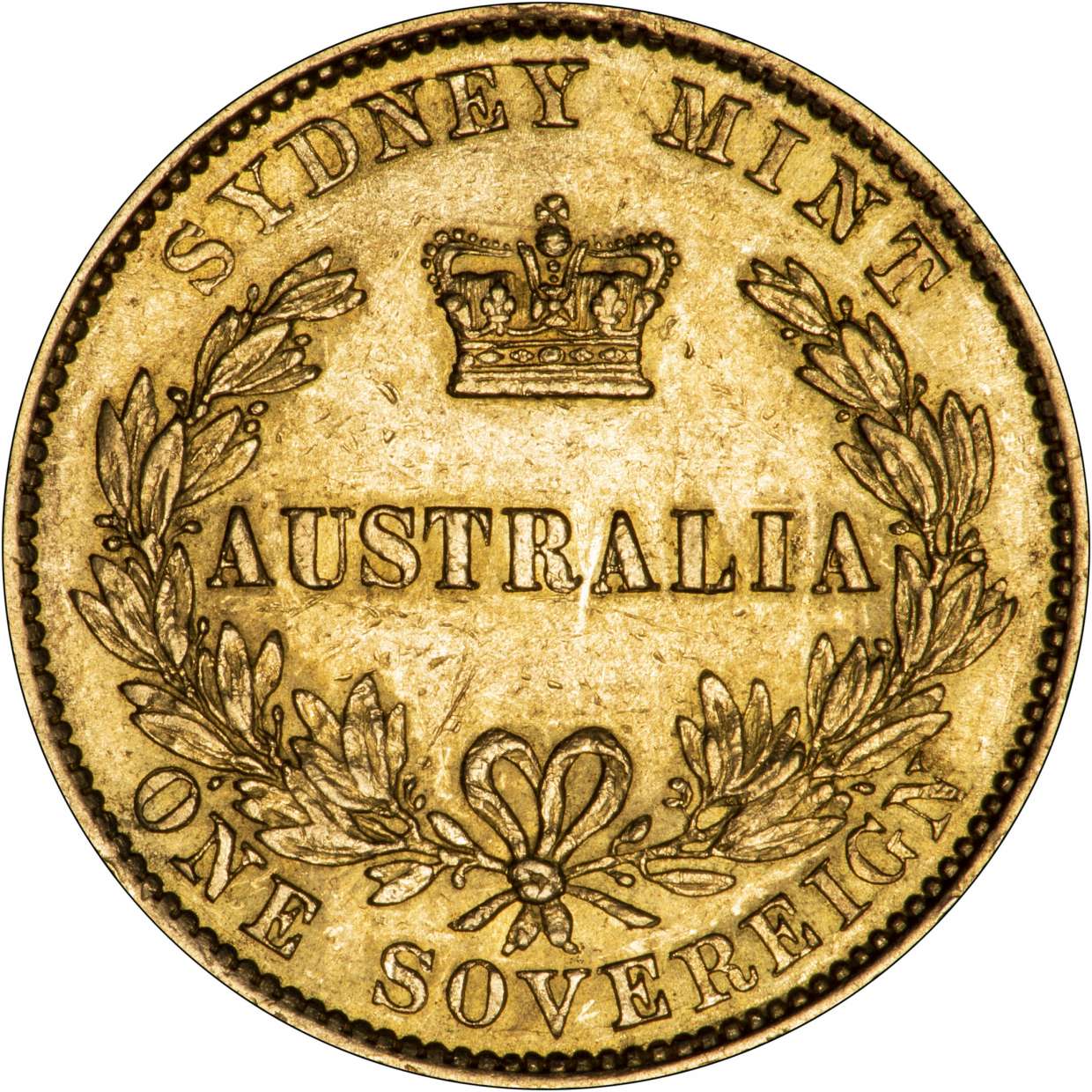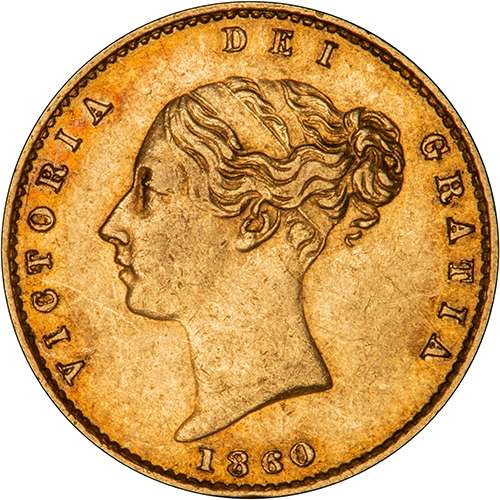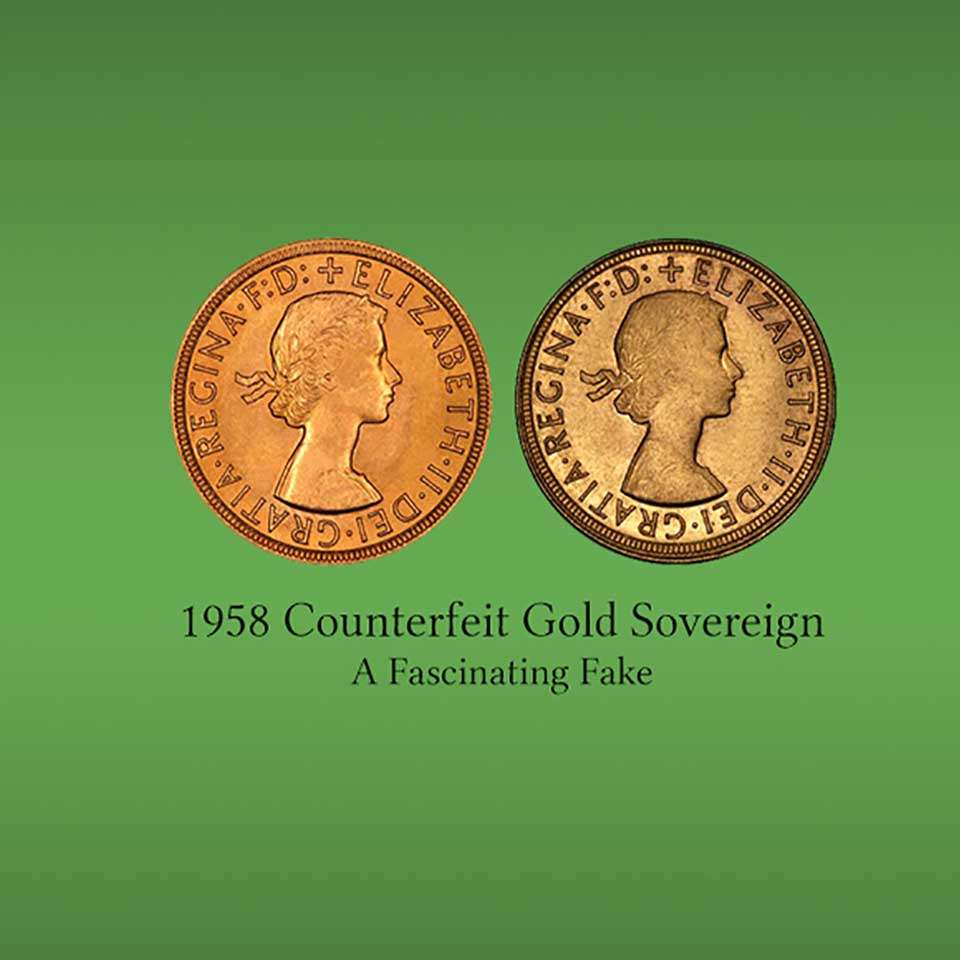George V Reverse Design Comparison
Synopsis
In the blog we will take a closer look at the various subtle differences seen across the reverse designs of George V gold sovereign coins.

Reverse First Type George V Sovereign
There are two types of George V gold sovereigns. The first type was issued from 1911 to 1928 inclusive. In common with all early George V coins, they featured a large sized portrait. This appears to have provided constant problems for the Royal Mint. A simple explanation of this problem was the amount of metal displaced in striking. The more metal displaced, the greater the stress on the dies, and the shorter their working life. On the minor coins, the Mint made numerous changes, especially between 1925 and 1927, and most denominations went through three different obverse designs. The sovereign only underwent one change, between 1928 and 1929. The two types are generally referred to as the first, large, portrait, and the second, smaller portrait. This ignores the fact that the reverse design also changed. It is good coin design to balance the volume and placement of metal displaced on both sides of the coin, which tends to equalise and reduce the stresses on the dies and coining presses. The second type reverse design features a smaller St. George and dragon, which was also completely recut. We have deliberately chosen two coins from the same mint, in this case Pretoria in South Africa, and of contiguous dates, 1928 and 1929, and have selected coins in the best condition available.
Reverse Second Type George V Sovereign
The most easily spotted difference for most people is the much larger exergue, the area under the main design where the date appears. If anything, this makes the date numerals appear too small, or rather the space around them too large, and slightly reduces the aesthetic aspects of the redesign. The border is also altered and is wider. The rest of the redesign is so well done that most people do not notice it until it is pointed out to them, and this is probably the greatest compliment that could be applied to a redesign such as this to a well established classic design. Look more closely, however, and you will find that almost every part of the new design is different. The cloak flying behind St. George is much smaller and more compact, with completely different fold patterns. The streamer flying from his helmet is different. St. George himself has been remodelled, and appears to have lost about two stones in weight, perhaps having been on a diet. The horse's tail is recut. The sword and broken lance are different. The list of unchanged parts would be much shorter.
Compare George V Obverse Types

Related Blog Articles
This guide and its content is copyright of Chard (1964) Ltd - © Chard (1964) Ltd 2024. All rights reserved. Any redistribution or reproduction of part or all of the contents in any form is prohibited.
We are not financial advisers and we would always recommend that you consult with one prior to making any investment decision.
You can read more about copyright or our advice disclaimer on these links.






















